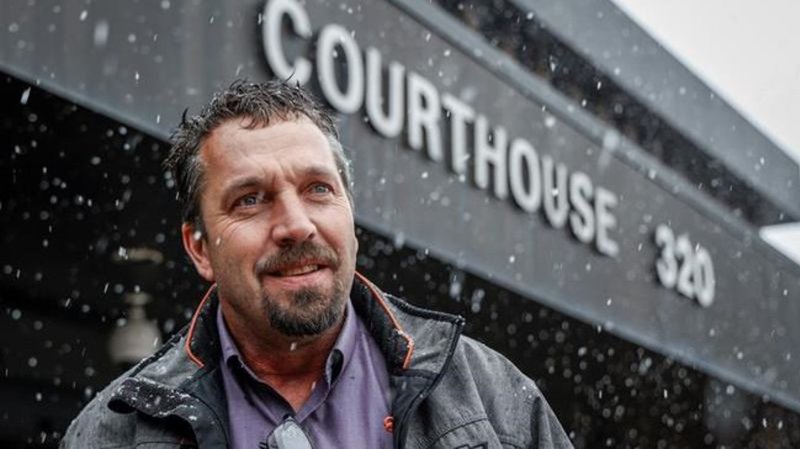
Kingpins or go-betweens? Jurors hear closing arguments in Coutts blockade trial
LETHBRIDGE, Alta. — A Crown prosecutor making the case against three men charged with mischief at the Coutts, Alta., border blockade told jurors Tuesday they don’t have to determine the accused were protest kingpins to find them guilty.
Lawyers for the defence, though, argue their clients were moderates who played a small role.
In closing arguments, prosecutor Steven Johnston said if jurors are satisfied the three were demonstrably supporting the blockade, they should be convicted of mischief over $5,000.
“The right to protest does not let you lay siege to property for two weeks. It was not their highway to close,” Johnston told the jury.


